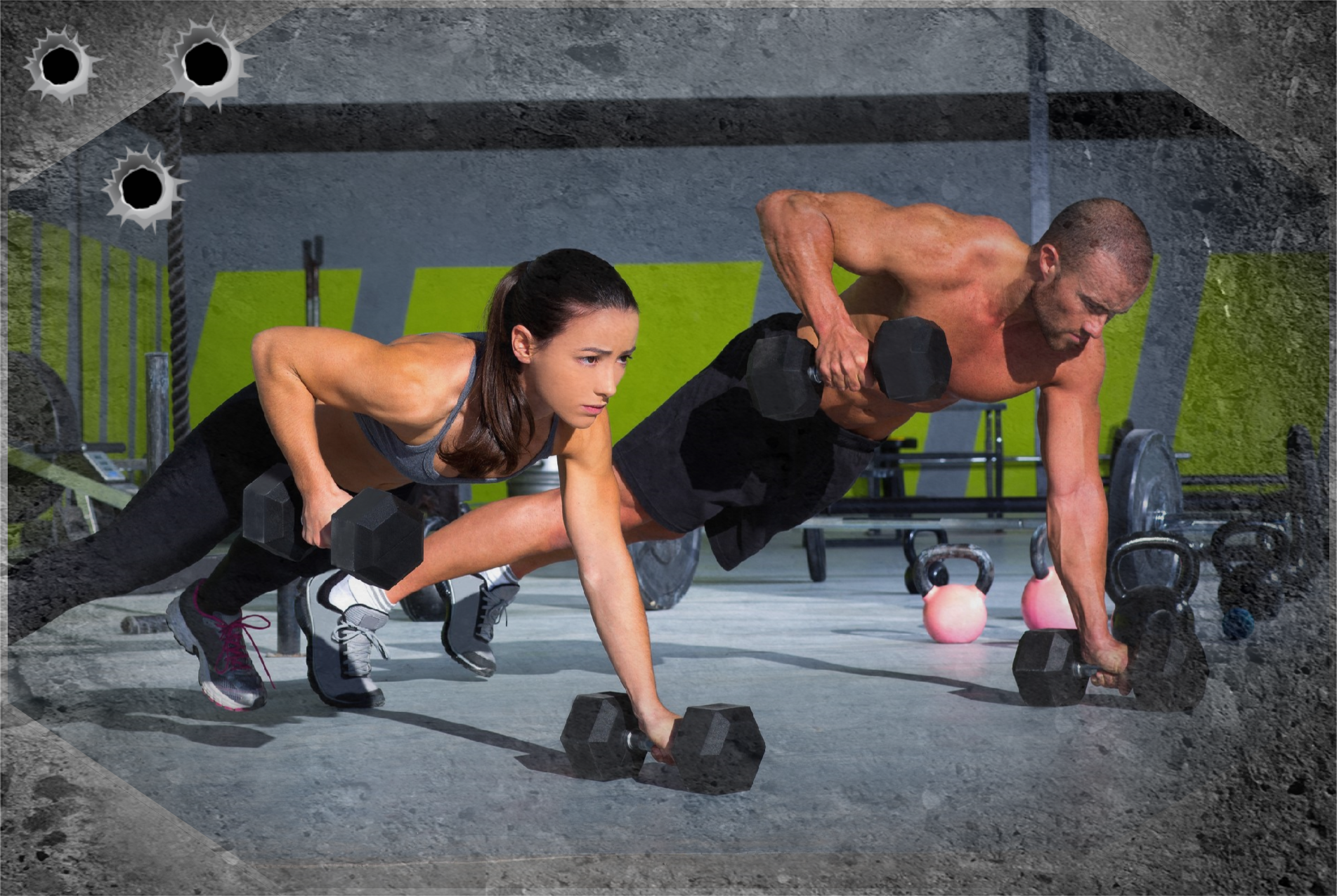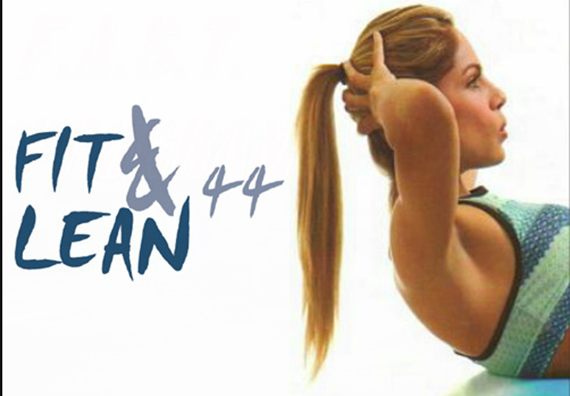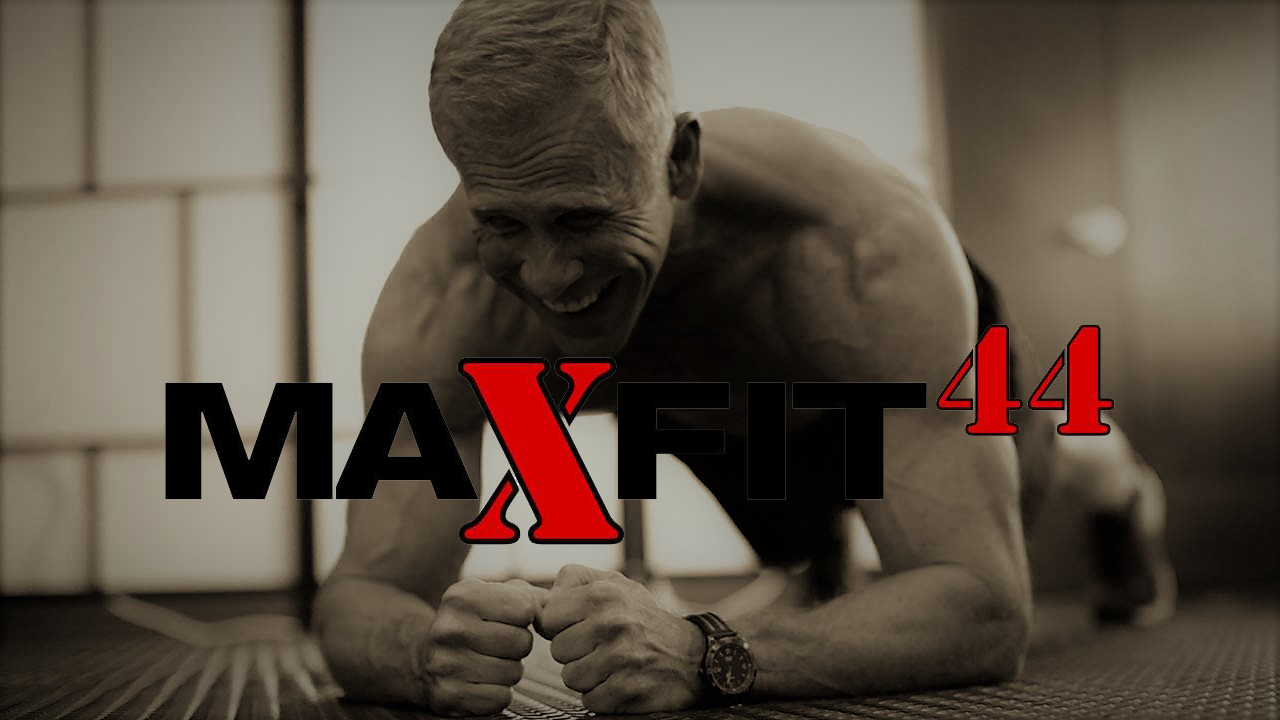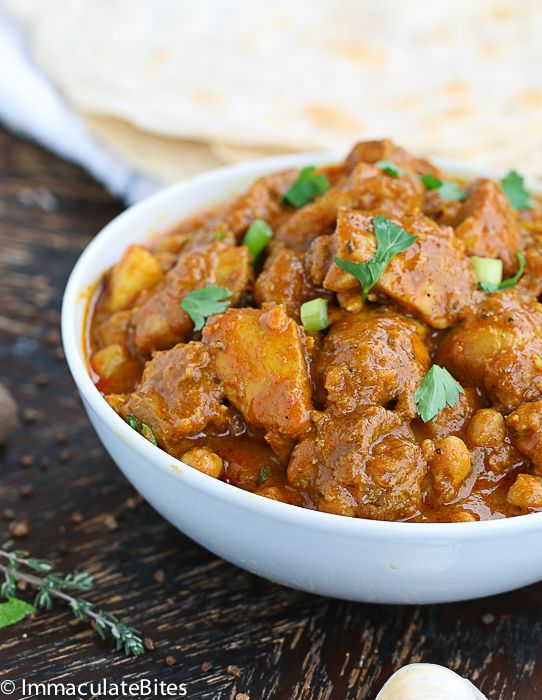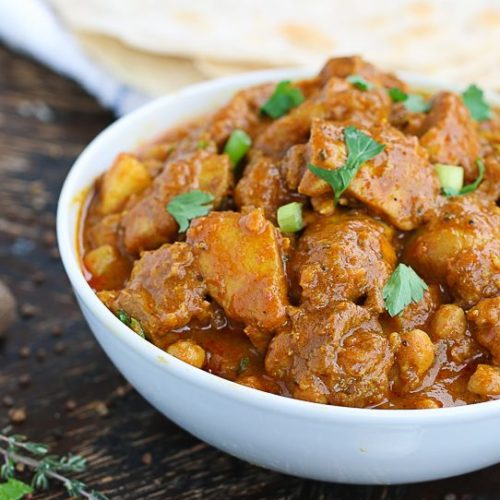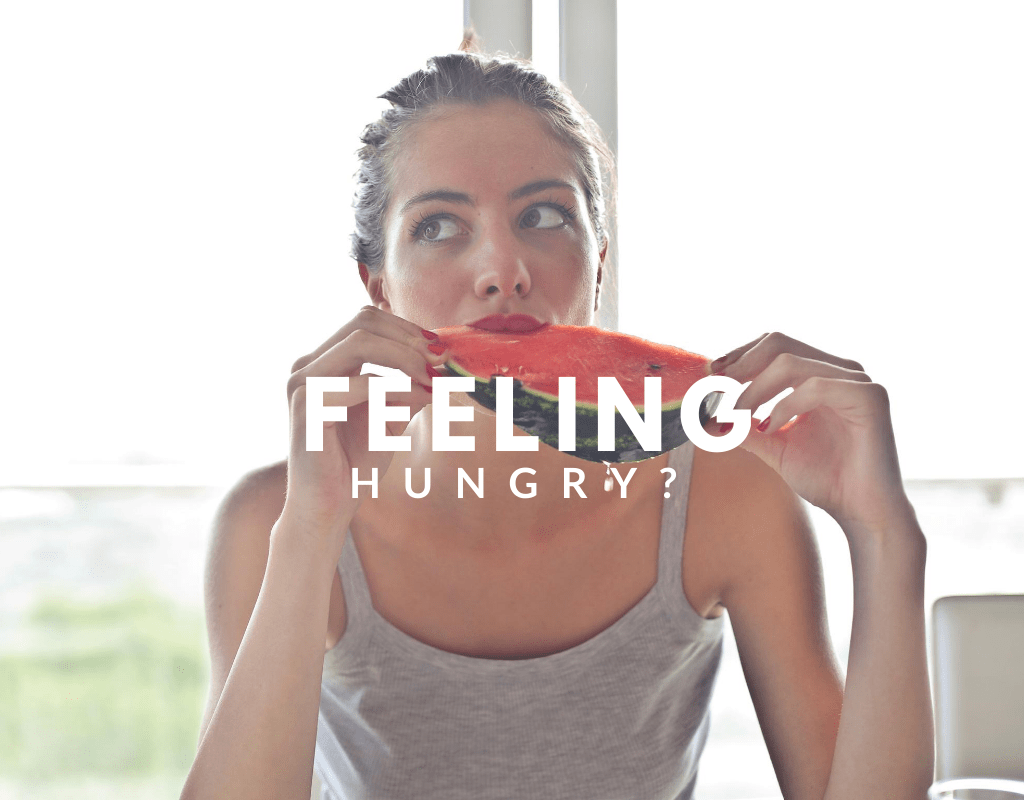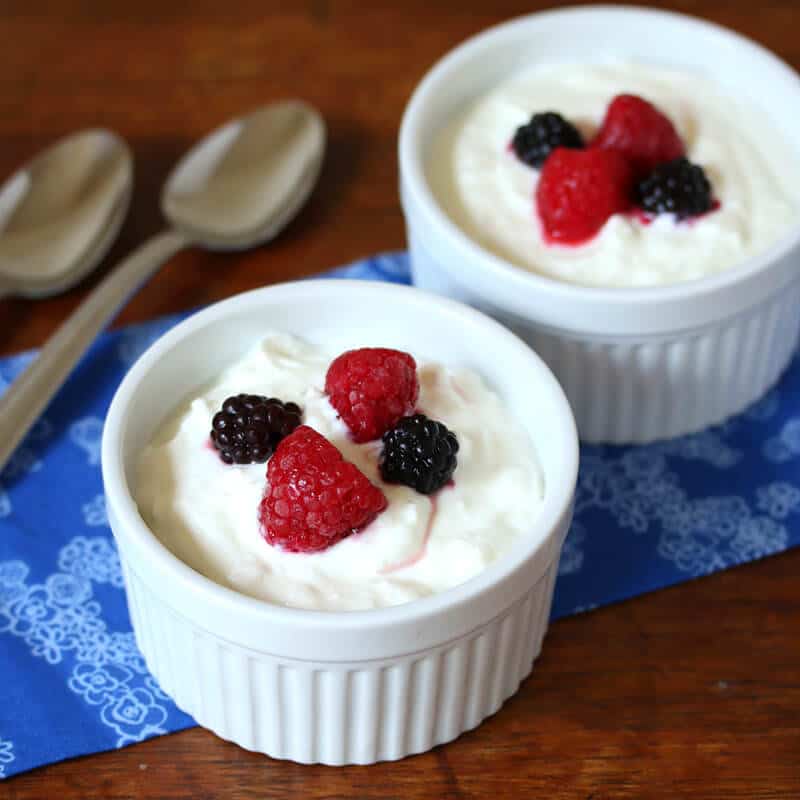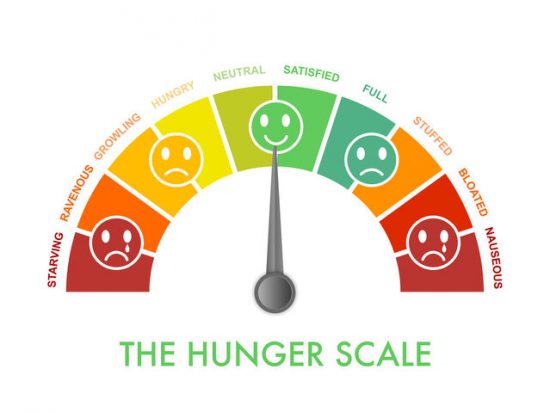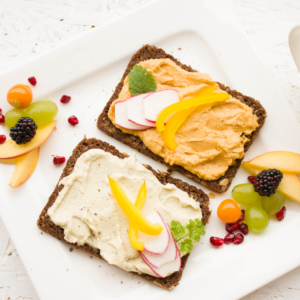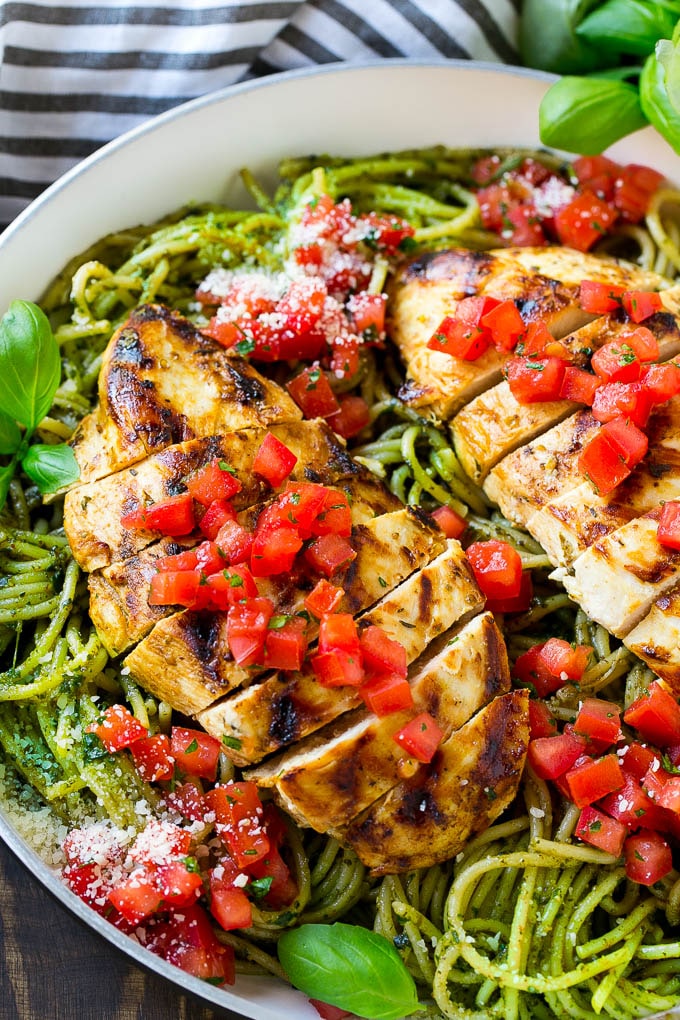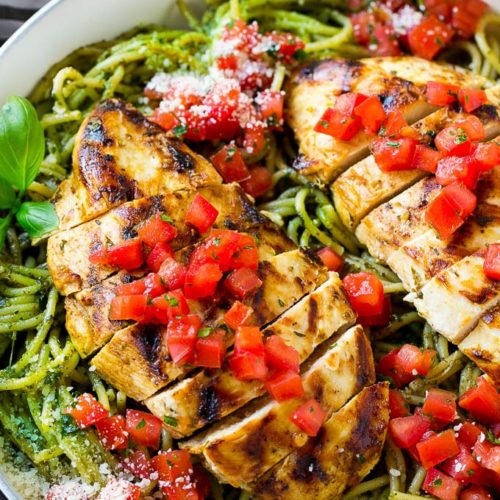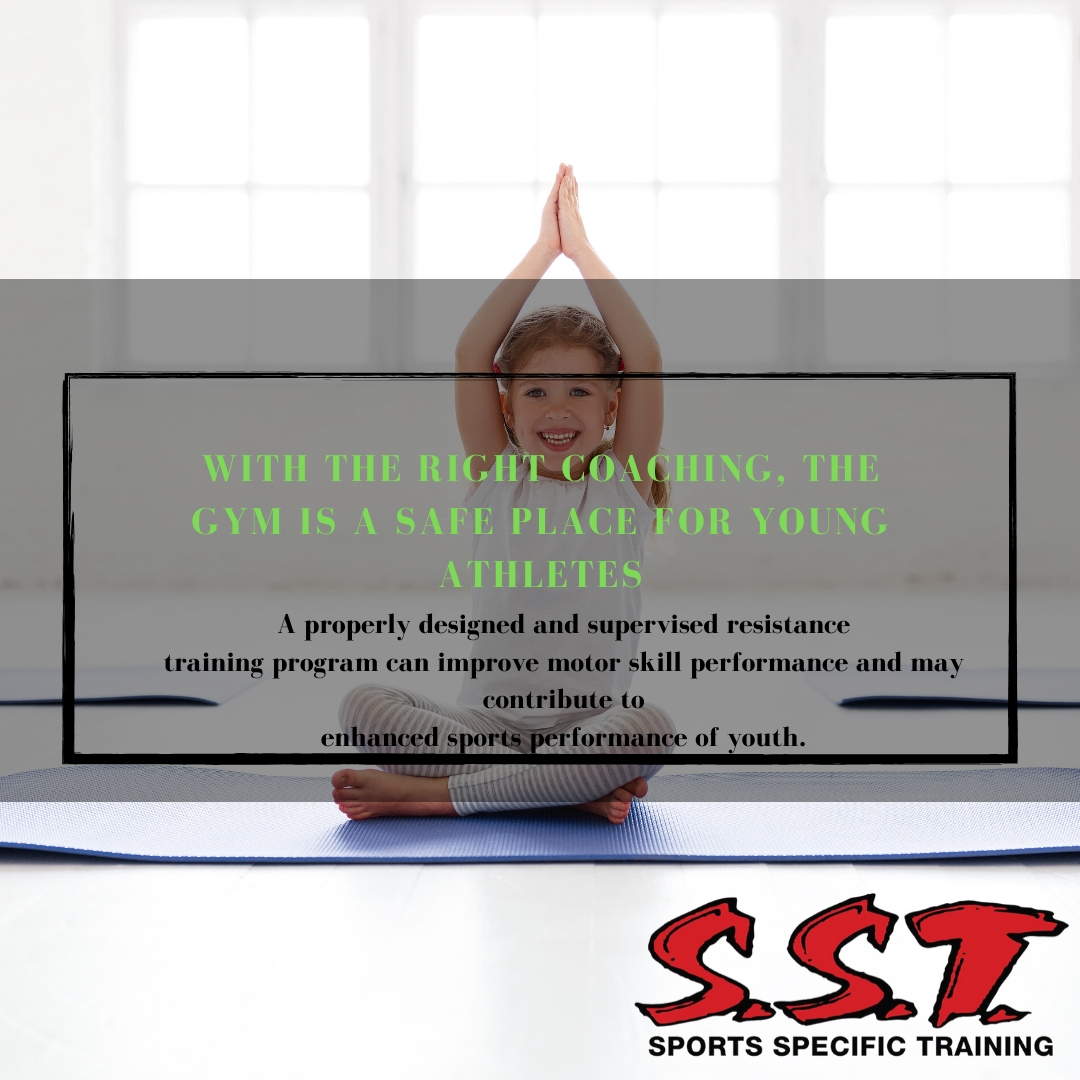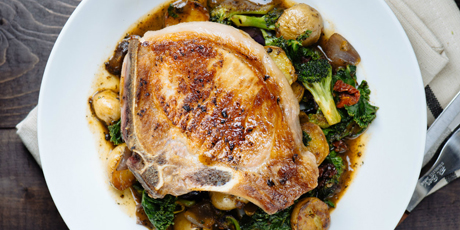We hope this has been a help in your day to day life if not, there are the few more reasons we can explore!
Reason 9. You are not Getting Enough Sleep

Sleep is a vital for everyone to live a healthy life but did you know that a lack of sleep can actually make you feel hungrier than normal? The two reasons behind this are; cortisol and insulin!
When we do not get enough sleep our cortisol levels increase. Cortisol is the hormone associated with the flight-or-fight response, preparing the body to either fight or run. Unfortunately, the body isn’t always smart and it responds to any sort of stress this way; and lack of sleep is a BIG form of stress. To help combat increased cortisol levels the body attempts to self-medicate by craving carbohydrates (sugar). This increases insulin in the blood, which in turn decreases cortisol levels. However, this can become a vicious cycle because insulin is also affected by lack of sleep!
If you are not getting enough sleep each night your body becomes less sensitive to insulin. Which means that your body becomes less effective in transporting the carbs you eat to your cells so your body has to pump out more insulin to help. However, insulin also regulates our feeling of satiety (feeling full), when levels are high we continue to feel hungry which can cause us to overeat.
How to Change This Habit:
The easiest way to help combat this is to get yourself on a sleep schedule and stick to it! Figure out what time you need to go to bed in order to get a full 8 hours of sleep and make yourself go to bed. This does not mean climb into bed and turn the TV on or pull out your favorite book. When your ‘bedtime’ hits, turn out the lights and put the remote or book away and get to snoozing!
Reason 10. You are Skipping the Veggies

The majority of people do not get the recommended amount of vegetables every day. Vegetables contain important vitamins and minerals required for overall health. Dark leafy greens in particular are rich in vitamin K, which helps to regulates insulin levels. Vitamin K can also increase insulin sensitivity, which makes it easier for your body to utilize sugar from your bloodstream. If you are utilizing the sugar you are eating more efficiently than you will not require more through extra food and this will help you STOP those cravings!
Veggies are some of the rich in fiber and fiber helps slow the digestion of the foods we eat. This in turn helps us feel fuller longer and slows the digestion of sugars so we process it properly, rather than turning it into fat.
How to Change This Habit:
Include more dark green leafy greens in your diet; spinach, kale, brussel sprouts, broccoli. As well as other delicious fiber-rich veggies like carrots, celery, and sweet potato.
11. You’re Not Eating Enough Protein
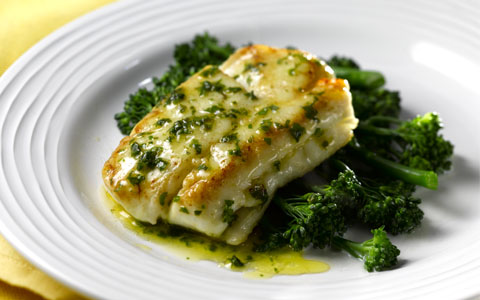
Lean proteins – chicken, turkey, fish, eggs – Can help combat hunger pangs. Protein takes longer to digest, which means you feel fuller longer and are less likely to reach for that next snack. Protein has also been found in recent studies to have appetitive suppressing effects by prompting the release of hormones that encourage the feeling of being full. Along with helping keep hunger away protein also requires more energy to breakdown than carbohydrates or fat, meaning it burns more calories to digest. Protein also has a positive effect on your metabolism by promoting the growth and regeneration of muscle after working out, muscles burn more calories at rest than adipose tissues (fat).
How to Change This Habit:
Aim to consume about 0.8-1.0 gram of protein per pound of body weight. This means that a 150 person should aim to eat between 100-150g of protein per day (this equates to about 400-600 calories from protein sources each day).
Ideally, protein should be of the lean variety; chicken, eggs, turkey, fish. However, it is really easy to sneak more protein into your diet through vegetarian options – chia seeds and greek yogurt in your smoothie, quinoa in your salad, nut butter in your oatmeal, make hummus from chickpeas and dip veggies. Aim to have a source of protein in every meal and snack.
Reason 12. You’re Bored

Feeling hungry can be as simple as being bored. Studies have shown that boredom actually diminishes our ability to make good and healthy food choices, and we consume more fattening foods than we would normally. Boredom is also the most common reason people give when asked about their emotions prior to consuming food. In other words, boredom turns us into emotional eaters.
How to Change This Habit:
When you are about to eat or snack be conscious of why you are doing so. Ask yourself ‘why am I reaching for this snack’ and be truthful with your answer. If it is because you have nothing else to do then find yourself a task to distract yourself – go for a walk, fold the laundry that has been sitting in the hamper for 2 days, go sit outside and enjoy the day – these distractions should help the feelings of hunger subside. Another tip, first drink a glass of water and wait a few minutes. If you are still feeling hungry in 10-15 minutes then allow yourself to eat.
Thanks for reading!
Click here if you missed part one and here if you missed part two!


